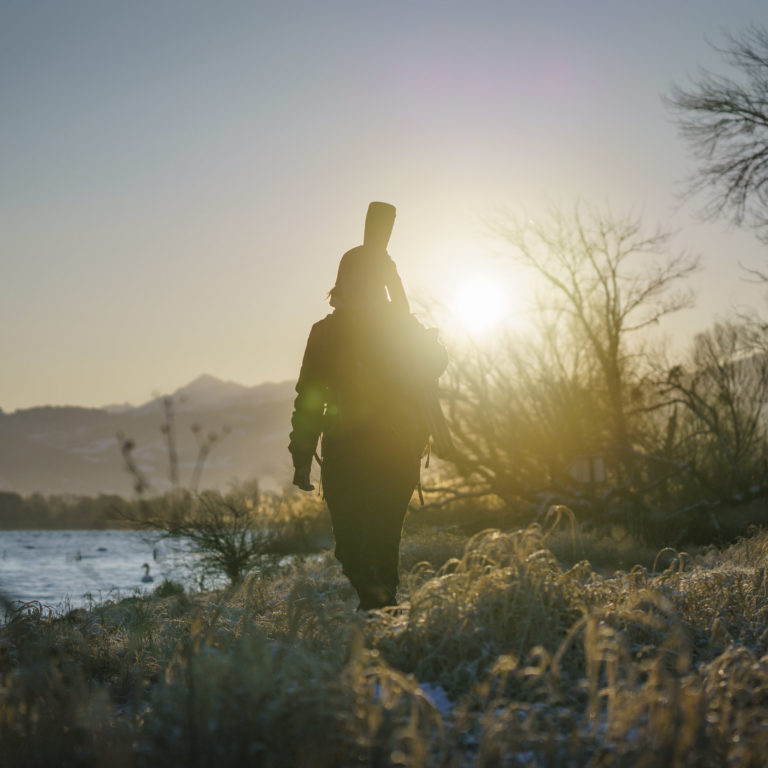
C Birdwatching in the Rhine delta nature reserve (c) Dietmar Denger - Vorarlberg Tourismus

C Birdwatching in the Rhine delta nature reserve (c) Dietmar Denger - Vorarlberg Tourismus
In Vorarlberg, you can discover and appreciate the incredible diversity of the natural environment within a compact area.
Spanning nearly 3,000 metres in altitude, the diverse range of natural habitats in Vorarlberg extends from Lake Constance to the Piz Buin mountain. This remarkable natural diversity includes Alpine highlands, wooded valleys, species-rich meadows, moorlands, and riverine landscapes. Vorarlberg is distinguished by its high biodiversity, providing a home to numerous plant and animal species. The region’s charm and variety stem from its 3,933 rivers and streams, over 700 mountain peaks including glaciers, as well as its gorges, mountain forests, and valuable habitats like moors, wetlands, and Alpine meadows.
This variety of habitats gives rise to an impressive array of natural features: with over 1,700 flowering plants and ferns, 2,500 different butterfly species, around 160 breeding bird species, and many more, Vorarlberg ranks as one of the most biodiverse regions in the Alps. Vorarlberg’s geological characteristics form a crucial foundation for this rich natural diversity within a relatively small area. Five major geological zones stretch from south to north, including the Silvretta Crystalline, the Northern Limestone Alps, the Helvetic, the Penninic, and the Molasse zone at the foothills of the Alps. These varying rock layers, along with the influences of the last ice age, which ended approximately 12,000 years ago, have fostered the development of diverse habitats that now support this wide range of plants and animals.
In addition to its geological characteristics, the climate and weather conditions in Vorarlberg significantly contribute to its diversity. The drier regions of Walgau, Rätikon, and Montafon in the south, along with the areas in Bregenzerwald and the Arlberg region, which are affected by the northern precipitation effect, create a range of living conditions for the local flora and fauna within a relatively compact area.
This rich diversity of habitats and natural features provides both guests and locals in Vorarlberg with a wealth of opportunities for unique nature experiences. From enjoying the impressive chorus of birds in the alluvial forests by Lake Constance, hiking along a rushing river, or marveling at the butterflies on blooming flowers in a mountain meadow of the Grosses Walsertal, a variety of natural wonders can be explored and appreciated within a compact area in Vorarlberg.